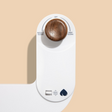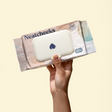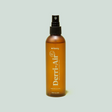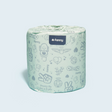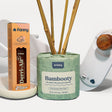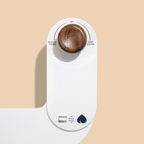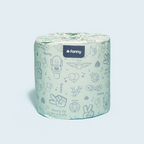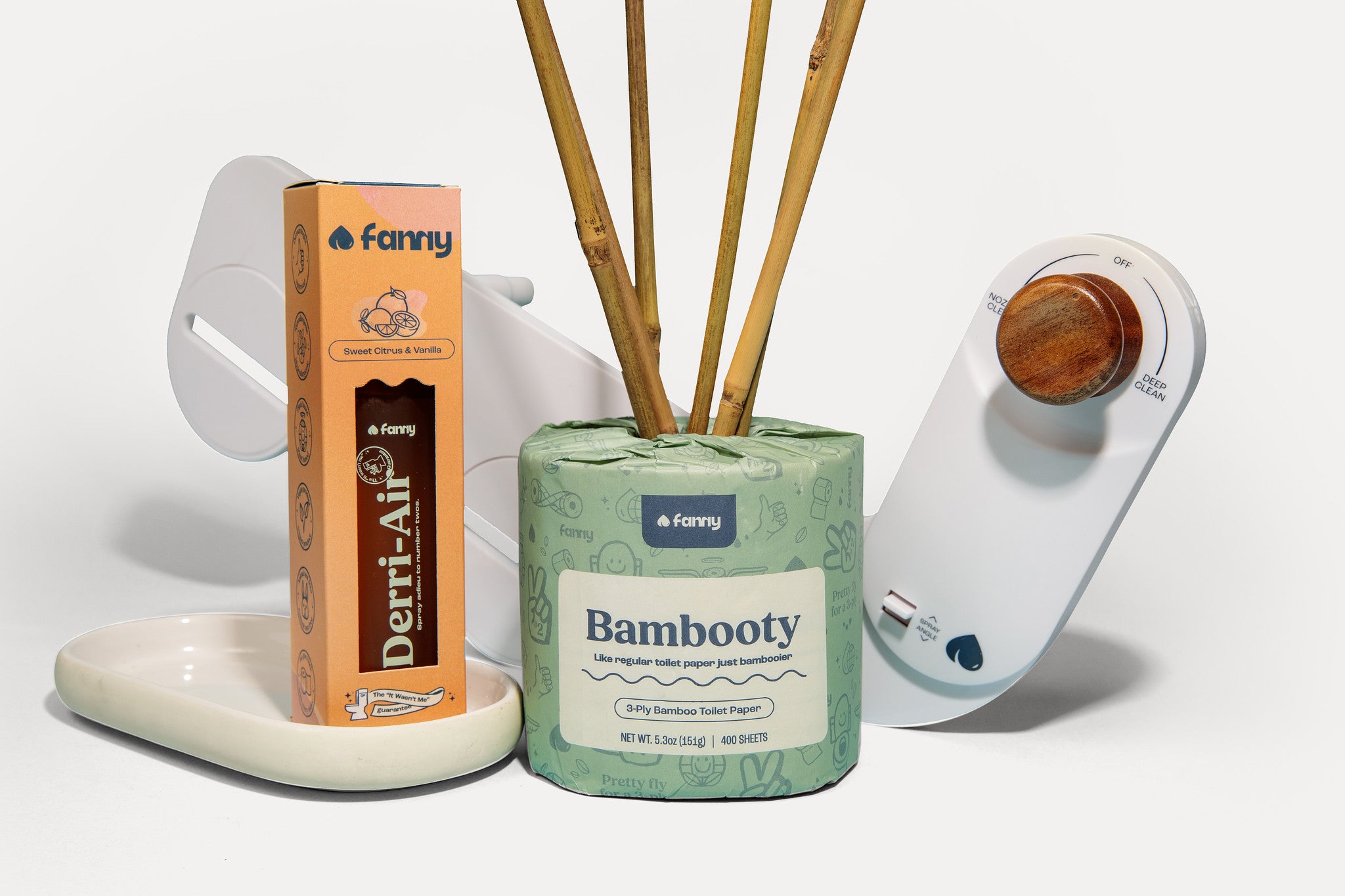Why Bidets are Essential for Female Hygiene

Ladies, let’s talk about something we all deal with but rarely discuss: hygiene. Between menstruation, postpartum recovery, and the everyday grind, staying fresh and clean can sometimes feel like a full-time job. Enter the bidet, your new best friend in the bathroom. This humble device isn’t just a luxurious European quirk; it’s a game-changer for female hygiene. And once you try one, you’ll wonder how you ever lived without it. Let’s explore how bidets can revolutionize your hygiene routine.
A Cleaner Clean: Why Water Beats Toilet Paper
Let’s get straight to the point: toilet paper is good for some things, but thorough cleaning isn’t one of them. Studies show that wiping with toilet paper alone leaves behind up to 30% of fecal matter (source: Cleveland Clinic). It’s an unsettling statistic, but it highlights the need for a better solution.
The average person uses about 60 sheets of toilet paper daily, yet it still doesn’t provide the cleanliness water can. A Fanny bidet uses a gentle stream of water to wash away what toilet paper can’t, leaving you cleaner and fresher.
For women, this is especially important. A woman's anatomy is more prone to infections like UTIs and yeast infections, and improper wiping can introduce bacteria where it doesn’t belong. Water eliminates that risk by providing a more hygienic and effective clean.
Menstrual Hygiene Made Easy
Periods are messy, and staying fresh throughout the day can be a challenge. A bidet simplifies menstrual hygiene, offering a quick and effective way to remove blood and bacteria without the need for excessive wiping.
Skin irritation during menstruation is common, and excessive wiping can lead to micro-tears in the skin, increasing the risk of infection. A study from the International Journal of Women’s Dermatology found that gentle water cleansing reduces irritation and promotes healthier skin.
Plus, bidets can save time and reduce discomfort during heavy flow days, making them an essential tool for managing menstruation with ease.
Postpartum Recovery: A Soothing Solution
Childbirth is a beautiful miracle but let’s be real, the aftermath is anything but glamorous. For new moms recovering from vaginal deliveries or C-sections, maintaining hygiene is critical. Around 85% of women experience perineal tears during childbirth (source: Mayo Clinic), which makes wiping with toilet paper both painful and impractical.
A bidet offers a gentle, hands-free way to stay clean without aggravating sensitive areas. Warm water can soothe soreness, reduce swelling, and promote healing. Many hospitals now recommend peri bottles (portable mini-bidets) for postpartum recovery, but a full-sized bidet provides even more convenience and comfort.
UTI Prevention: The Bidet Advantage
Urinary tract infections (UTIs) are a common issue for women, affecting over 50% of women at least once in their lifetime (source: National Institute of Diabetes and Digestive and Kidney Diseases). Proper hygiene plays a key role in preventing UTIs, and bidets offer a clear advantage.
Wiping can sometimes push bacteria toward the urethra, increasing the risk of infection. A bidet, on the other hand, washes bacteria away completely. Studies have shown that regular bidet use reduces the incidence of UTIs, making them an excellent preventive tool for women prone to infections.

Eco-Friendly and Budget-Friendly
The environmental impact of toilet paper is staggering. Americans use about 37 billion rolls of toilet paper annually, which requires 15 million trees to produce (source: National Geographic). On top of that, it takes 473 billion gallons of water and 253,000 tons of bleach to meet global toilet paper demand each year.
Fanny bidets significantly reduce toilet paper usage. You’ll still use a small amount to pat dry, but it’s a fraction of what you’d need otherwise. In terms of cost, the average household spends about $200-$300 per year on toilet paper if not more. A bidet attachment costs as little as $100 and lasts for years and adds $5-!0 to your annual water bill.
Soothing for Sensitive Skin
If you have sensitive skin, eczema, or other conditions, wiping with toilet paper can feel like sandpaper. Fragrances and dyes in some toilet papers can also cause irritation, not to mention the other chemicals in regular toilet paper such as bleach and PFAS. Bidets are a gentler option, offering a soothing clean without harsh chemicals or excessive rubbing.
A study by the Journal of Clinical and Aesthetic Dermatology found that water cleansing reduces irritation and inflammation in patients with sensitive skin compared to those who used dry tissue. Many modern bidets even offer warm water settings, which can feel like a spa treatment for your nether regions.
Feminine Freshness, Anytime
Bidets aren’t just for the bathroom, they’re a confidence booster. Whether you’ve just finished a workout, are battling the summer heat, or need a quick refresh before heading out, a bidet keeps you feeling clean and fresh.
And let’s not forget pregnancy. Around 40% of pregnant women experience increased discharge due to hormonal changes (source: American Pregnancy Association). A bidet is the perfect tool for staying fresh without over-wiping or showering multiple times a day.
Easy to Install and Use
Modern bidet attachments are affordable, easy to install, and fit most standard toilets. Some, like a Fanny bidet, come with features like spray angle adjuster, adjustable water pressure, temperature controls, and self-cleaning nozzles.
Breaking the Taboo Around Female Hygiene
One of the reasons bidets aren’t as popular in the U.S. as they are in other parts of the world is the taboo around discussing hygiene. Yet, countries like Japan, Italy, and South Korea embrace bidets as a standard hygiene practice. In Japan, for example, 80% of households have a bidet toilet (source: Statista). Sadly, only about 1% of U.S. households have a bidet.
It’s time to normalize bidets as a tool for better hygiene, especially for women. After all, shouldn’t we have the same commitment to cleanliness and comfort?
A Long-Term Investment in Your Health
Think of a bidet as an investment in your long-term health. From reducing the risk of infections to providing relief during sensitive times, the benefits are undeniable. Plus, with the cost savings on toilet paper and fewer trips to the doctor for UTI treatments (average cost: $300 per visit), a bidet practically pays for itself.
Final Thoughts: A Bidet for Every Woman
Bidets aren’t just a luxury, they’re a hygiene essential, especially for women. They provide a superior clean, prevent infections, and offer comfort during life’s messiest moments. Whether you’re dealing with your period, recovering postpartum, or simply wanting to feel fresher every day, a bidet is the upgrade you didn’t know you needed.
So, ladies, it’s time to treat yourself. Add a Fanny bidet to your bathroom and experience the difference firsthand. Because when it comes to hygiene, you deserve nothing less than the best.
